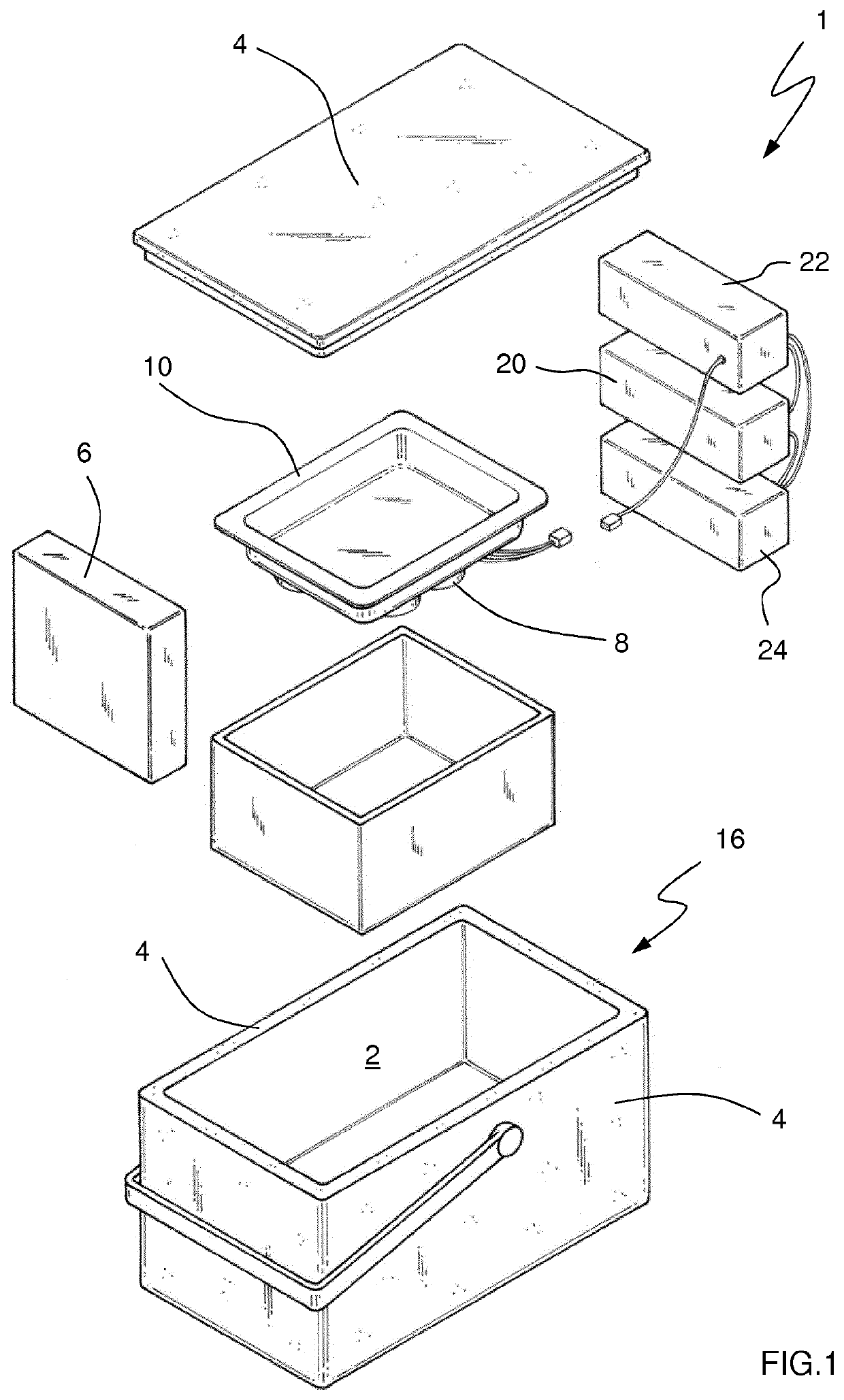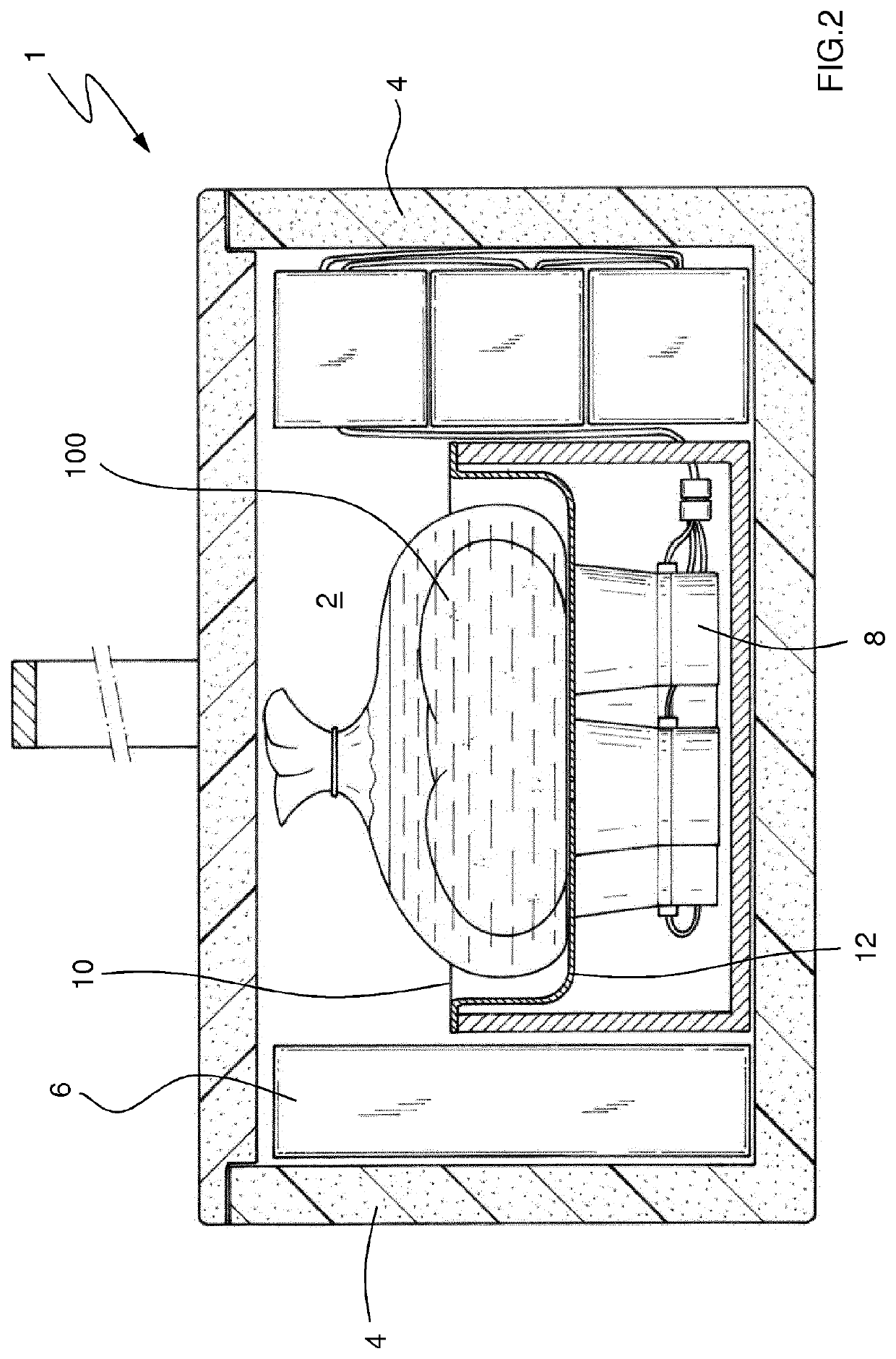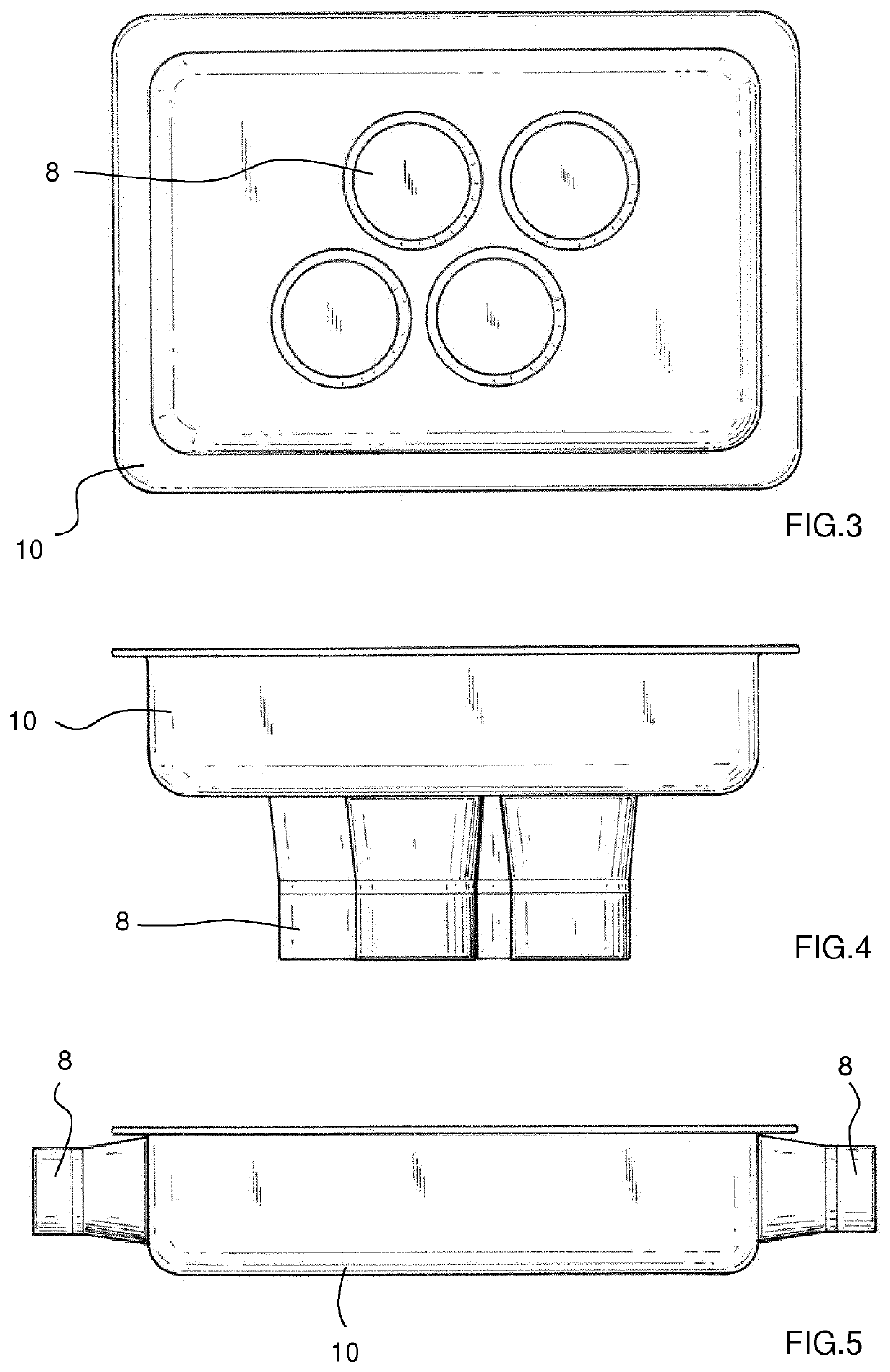Preservation and transport of an ex vivo biological sample comprising ultrasound application
a biological sample and ex vivo technology, applied in the field of ex vivo biological sample transport and preservation devices, can solve the problems of major, relevant problems, injury to the graft during the period, etc., and achieve the effects of reducing the injury to the biological sample, increasing the viability of the sample, and improving the quality of life of the transplant patien
- Summary
- Abstract
- Description
- Claims
- Application Information
AI Technical Summary
Benefits of technology
Problems solved by technology
Method used
Image
Examples
experimental examples
[0070]Different tests conducted to put the method according to the invention into practice are described below.
Methodology
[0071]The experimental protocol was carried out from livers and kidneys of Landrace pigs. The kidney and liver were perfused with preservation solution at 4° C. to remove blood contained in the organ, and the organ was kept under cold conditions, bathed in ice until the organs were immersed in different preservation solutions. Next the biological samples were placed in the cooler and kept in the cooler with or without ultrasound for 8 hours (liver) and 24 hours (kidney). All the procedures were performed under anesthesia and the study respected the European Union regulations concerning experiments using animals (Directive 86 / 609 / EEC).
Experimental Design
[0072]Protocol 1
[0073]The experimental groups formed were the following:[0074]GROUP 1: cold ischemia group in the conventional transport system and with preservation solution. This group was divided into different ...
PUM
 Login to View More
Login to View More Abstract
Description
Claims
Application Information
 Login to View More
Login to View More - R&D
- Intellectual Property
- Life Sciences
- Materials
- Tech Scout
- Unparalleled Data Quality
- Higher Quality Content
- 60% Fewer Hallucinations
Browse by: Latest US Patents, China's latest patents, Technical Efficacy Thesaurus, Application Domain, Technology Topic, Popular Technical Reports.
© 2025 PatSnap. All rights reserved.Legal|Privacy policy|Modern Slavery Act Transparency Statement|Sitemap|About US| Contact US: help@patsnap.com



